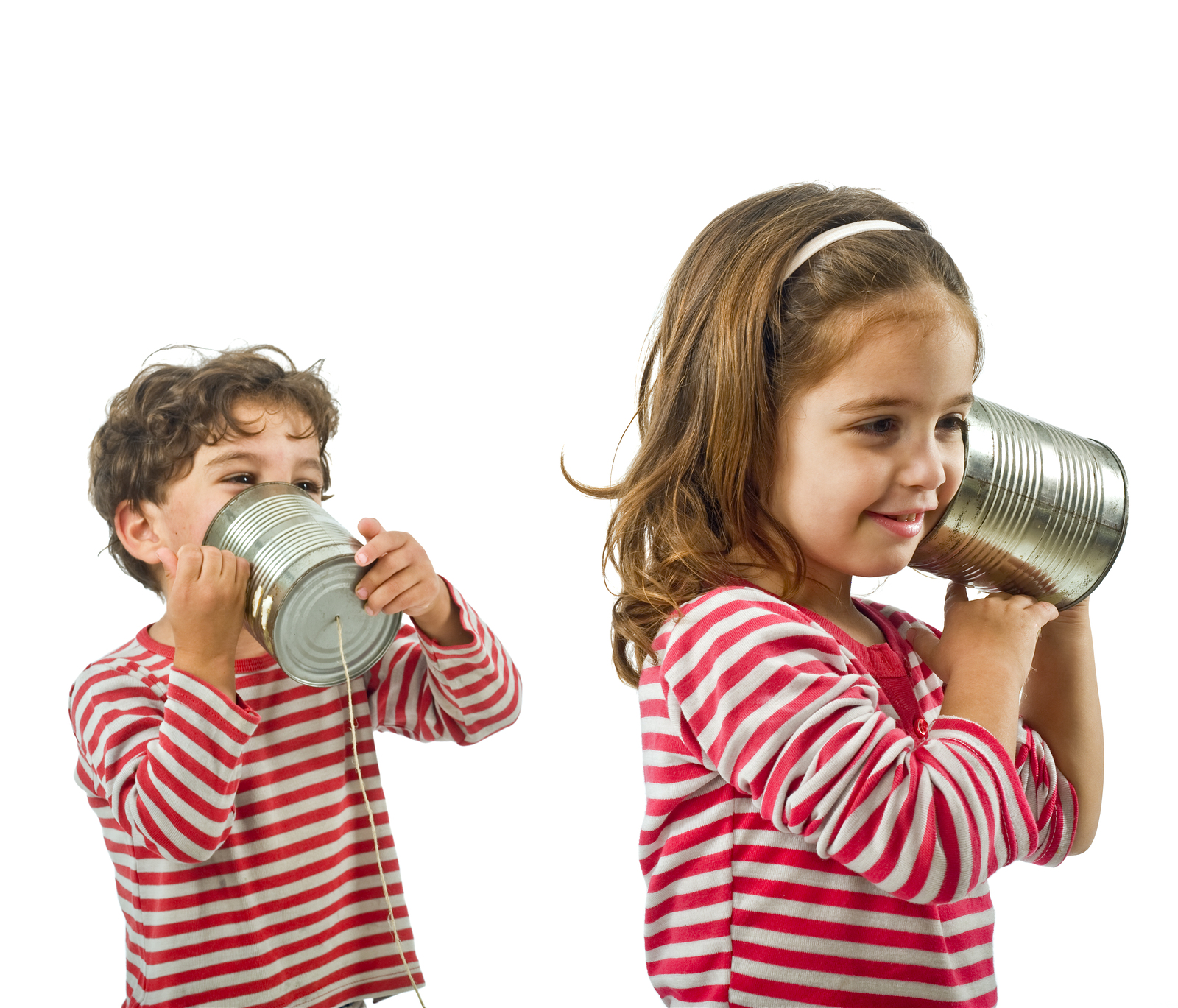
Shifting From One-Way Broadcast to Two-Way Dialog Changes Everything
This article was previously published in AdWeek on April 10, 2017
It’s time marketers put down the megaphones and join in a dialog with each customer
Marketing tactics are changing. Consumers are bombarded with marketing messages from every possible channel. Television, radio and satellite commercials are not to be outdone by print ads, pop-up ads, emails and social media posts. Most marketers understand the need to cut through the advertising clutter with more personalized, targeted messages in the right channels at the right time, but most struggle with how it can best be accomplished.
Content marketing, specifically, is changing. Diminished returns and readership are forcing brands to rethink how they engage consumers. Savvier brands understand that blasting out content in hopes that something might stick is no longer effective marketing. They are shifting their strategy toward real personalization through direct marketing channels.
Personalization used to mean inserting the recipient’s name and company into a generic email. Consumers are smarter than this. True personalization is authentically one-to-one conversations. It’s time marketers put down the megaphones and join in a dialog with each customer. It can be done, but it’s going to require brands to meet consumers where they are.
With rapid consumer adoption of messaging applications and social media, brands have a new frontier for customer engagement. This built-in audience is ready to engage and gives brands an opportunity to become relevant again.
Two-way or no way
The rise of social media and direct messaging apps has taught us quite a bit about our evolving culture. One important attribute to note is our desire to engage in relationships, even if they are becoming increasingly virtual.
Although we may not ever see the majority of our “friends” and followers we have on our social media apps beyond posts and pictures, we feel connected nonetheless. We may not need to engage in a telephone conversation because we now have ways to interact through texting, instant messaging and social media comments and posts.
The same is following suit with our interactions with brands. A recent study found that consumers now prefer to contact brands through messaging apps rather than calling 800 numbers or sending emails.
Messaging apps enable a two-way dialogue with a customer-service representative, salesperson, billing rep or technical support expert without ever sitting on hold on the phone or waiting for an email response. It’s easier, more convenient and there’s usually a way to receive a transcript of the entire conversation for record.
With every one-on-one conversation we have with a brand, there is an opportunity for that brand to further develop a relationship with us. Personal dialog is a brand’s best bet to establish rapport, trust and loyalty. It requires companies to shift from one-way to two-way, from email blasts and social media broadcasts to one-on-one, real-time, personalized dialog.
Remaining competitive in a selective world
Consumers do not want loud messages shouting through the noise. It only serves to annoy them. Customers have learned to ignore, block or delete our interruption advertising because it is just that—an interruption. Technology has enabled us to curate our own information, easily filtering that which isn’t relevant or doesn’t interest us. We can decide what, when, how and from whom we will receive information. Every marketer must grasp the fact that the squeakiest wheel no longer gets the grease; it gets the boot.
Consumers have become selective. To remain competitive, brands need to increase their relevancy and frequency of communications, yet still influence purchase decisions. Social media engagement must move beyond eliciting likes, shares and emojis to making real connections with consumers.
Brands can expand their identities while at the same time inspiring consumers to take action. It isn’t going to happen in a public forum. It’s going to require personalized messaging delivered in a private conversation.
Modern marketing requires dialog
For brands, the ability to have an ongoing dialog with customers means greater engagement and transactions. Customers are seeking instant, real-time support. They don’t want to wait for response in email, and they aren’t willing to go through multiple steps to speak with an agent on the phone.
Why would they? An average of 9.5 minutes are spent trying to reach a human when trapped in an automated phone system. No one has 9.5 minutes to waste on a phone call with no guarantee a solution is on the other side.
Some customers resort to social media. This can be a blessing or a curse, depending on the attitude of the customer. They can use social media to praise or bash, but few are using it to get real support because few brands offer it.
Up to 65 percent of companies have embraced social media to engage customers, but this is still generally a one-way effort.
One study found that fewer than 50 percent of retail brands engaged with any tagged @mentions on Twitter, and even those that did respond weren’t in any hurry. Only 11 percent responded within one hour, and a staggering 65 percent took up to five days to respond. This directly contradicts the level of engagement consumers are demanding. One study found that 32 percent of consumers expect a response within 30 minutes through social media channels.
Customers are trying. They want to have private dialog with the brands they use, but the brands are letting them down. This needs to change, and it can once companies are willing go beyond from just listening to customers to responding quickly and engaging in meaningful conversations.
One-on-one conversations are much easier today than ever before. Instant messaging, such as via Facebook Messenger, provides companies with an easy way to engage in these personal, private conversations outside of the public social media presence.
Learn how to use Messenger to drive customer engagement, loyalty and transactions.
 Liveworld
Liveworld
